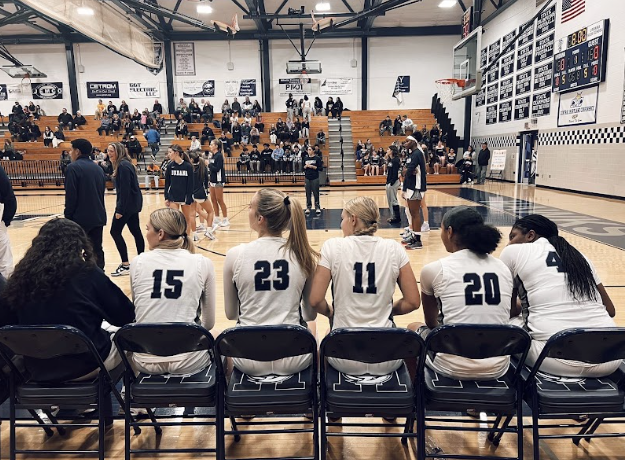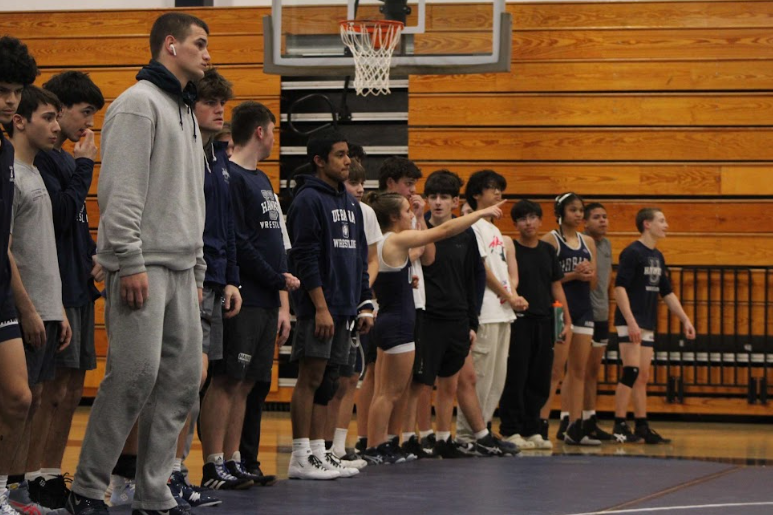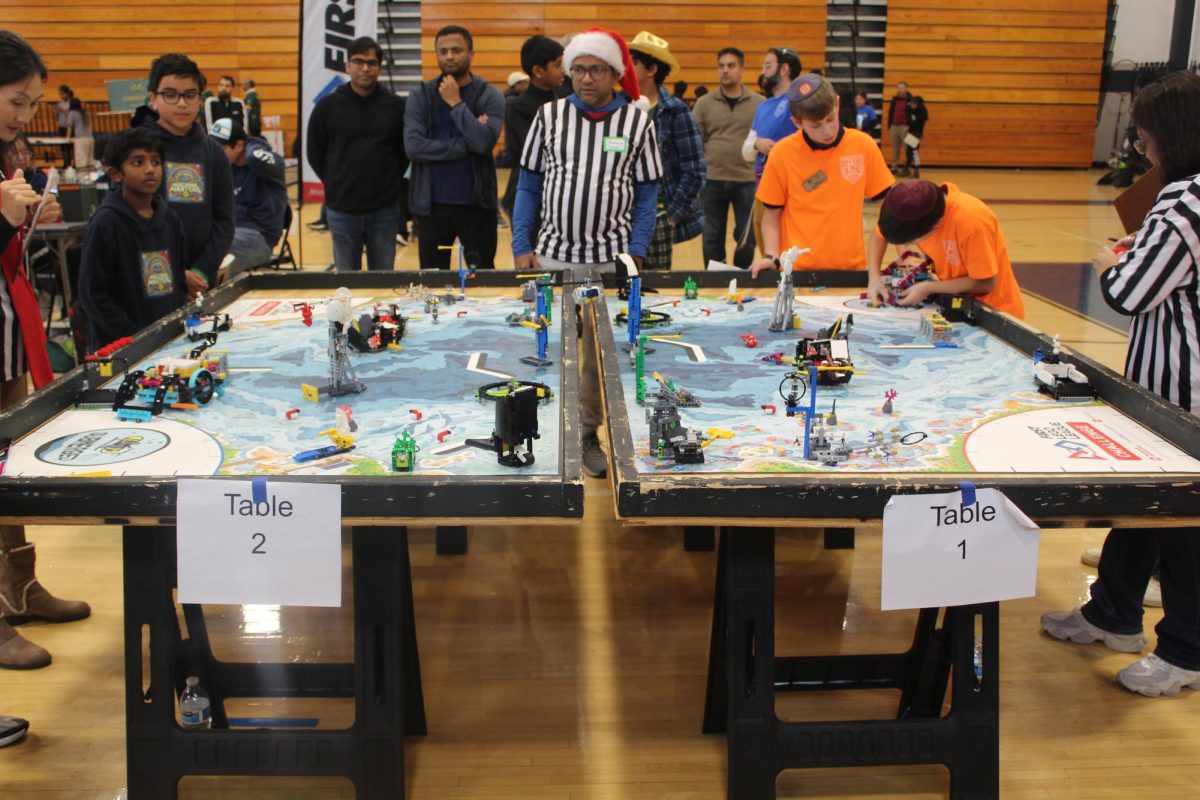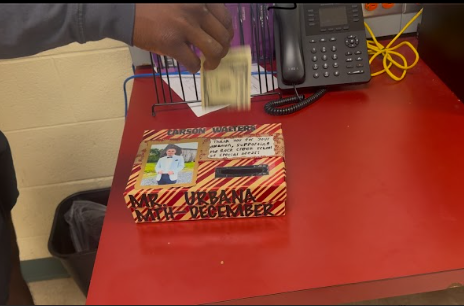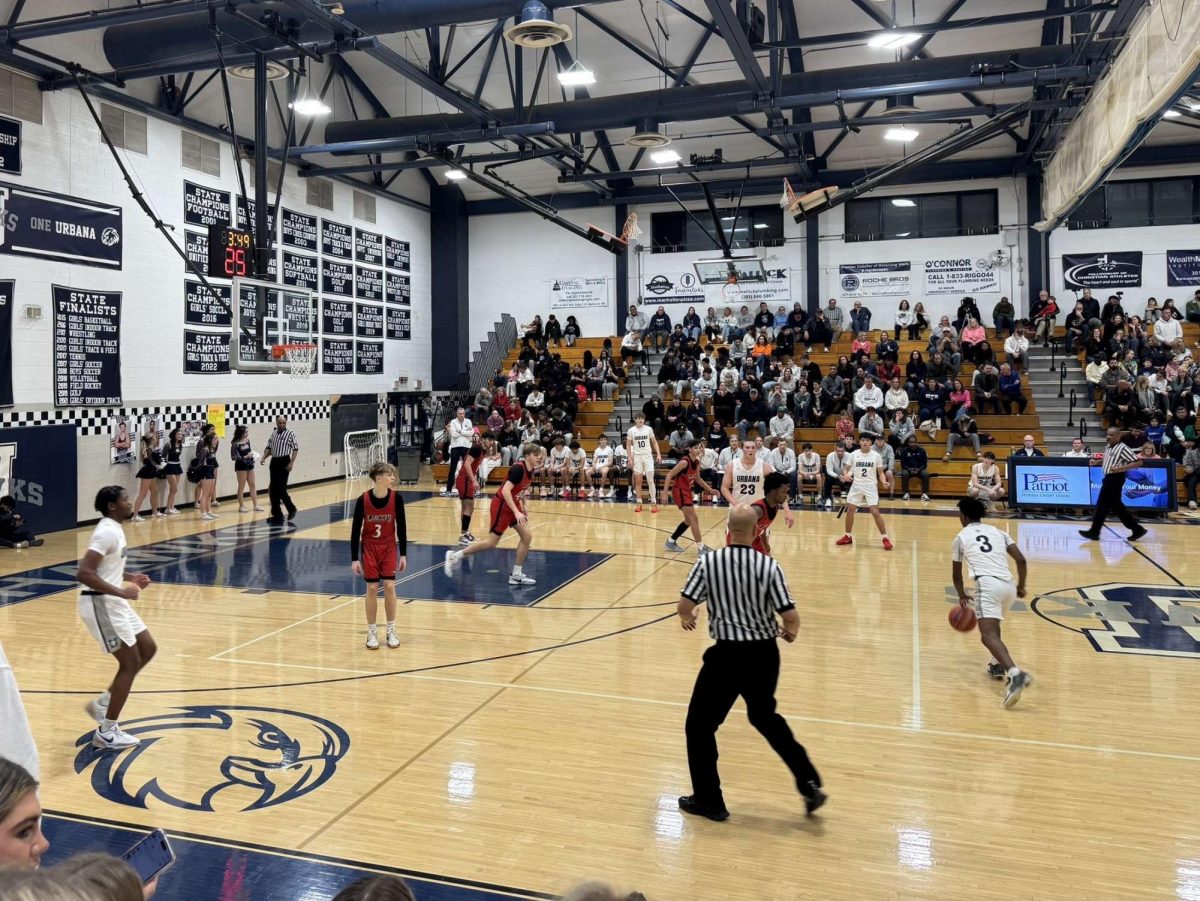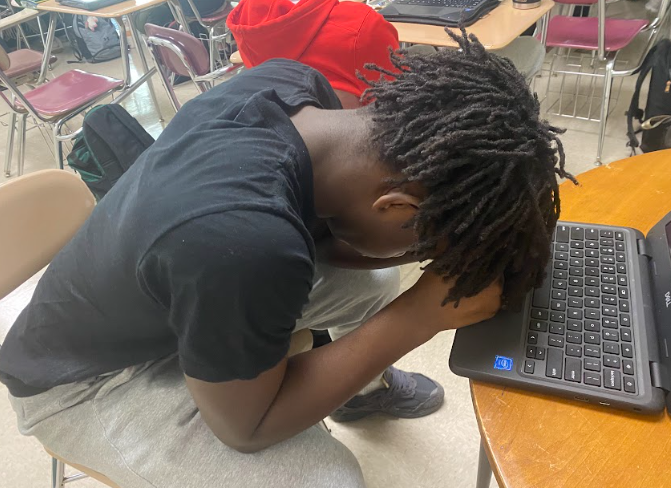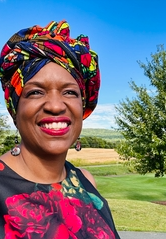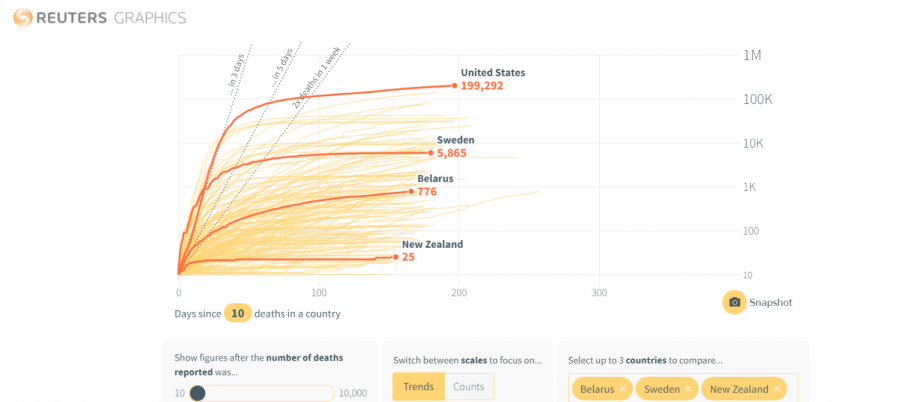Kicking Coronavirus to the Curb
October 5, 2020
On January 30, 2020, the World Health Organization (WHO) declared the 2019 Novel Coronavirus disease outbreak a public health emergency of international concern. Six weeks later, the United States government declared a national emergency concerning COVID-19. The spread of COVID-19 across the US was surreal, and, at times, it seems there is no way to contain the virus, but other countries have flattened the curve. So, what did these other countries do to get Coronavirus in the rearview mirror?
The chart is the number of confirmed deaths by COVID-19 for the countries in this article. This is accurate as of 9/18/2020.
New Zealand
Within a month of its first documented Covid-19 case, New Zealand was in a national lockdown, which meant closing all schools, non-essential workplaces, no social gatherings, and the most restrictive travel restrictions: no international travelers were permitted into the country.
Jacinda Ardern, prime minister of New Zealand, reassured her countrymen during the quarantine by stating “we won’t see the positive benefits of all of the effort you are about to put in for self-isolation … for at least 10 days. So don’t be disheartened.”
For a total of 7 weeks, New Zealanders were under a strict national stay-at-home order. Without many complaints, New Zealanders adhered to these restrictions. One hundred and three days after the first identified case, the government declared the pandemic over.
Sweden
Sweden’s government response to Coronavirus is probably one of the most controversial. Although the Swedish government never officially stated that herd immunity was part of their strategy, they talked about achieving greater immunity within their community through exposure. Unlike other Scandinavian countries, and even though the death rate was high in March-June, Sweden did not enforce a strict lockdown. The government only recommended voluntary social distancing and protective equipment like masks. When possible, people were encouraged to work from home and avoid public transport. There was a ban on gatherings of more than 50 people, restrictions on visiting care homes, and a shift to table-only service in bars and restaurants. Universities and high schools closed, but daycare and elementary schools remained open. Deaths related to COVID-19 are down now, but some research suggests that doctors in Sweden decided whom to admit to the hospitals based on the survival rate, which may have prevented the hospitals from being overloaded.
Anders Tegnell, the state epidemiologist of the Public Health Agency of Sweden, stated, “we continue to believe the strategy is good but then there are always improvements one can make, especially if you look back over time.”
Belarus
Belarus is a landlocked nation. Its neighbors — Poland, Ukraine, Lithuania, Latvia, and Russia closed their borders the first two weeks of March. This move effectively insulated Belarus, without any government effort. Many Belarusians did not wait for an official decision from the government and began taking precautions and finding ways to self-isolate. The President of Belarus, Alexander Lukashenka, downplayed the COVID-19 crisis. His position was that it made” no sense to declare a total quarantine, and the fear of Coronavirus is a psychosis that wise Belarusian people should ignore.” Despite this response, Belarusian doctors joined the global flash mob #StayHome and urged people to stay home. The Belarusian opposition and civil society leaders called for a Peoples Quarantine from March 23 through April 30, asking people to stay home, keep their kids home from school, and minimize social contact.
The world has never seen anything like Coronavirus before, which is why it is novel. While the United States is different from the countries mentioned above, we have learned lessons. We know that wearing a mask, social distancing, and handwashing reduces the spread of COVID-19. We must work together locally, nationally, and globally to contain, eradicate, and officially kick Conravirus to the curve.




